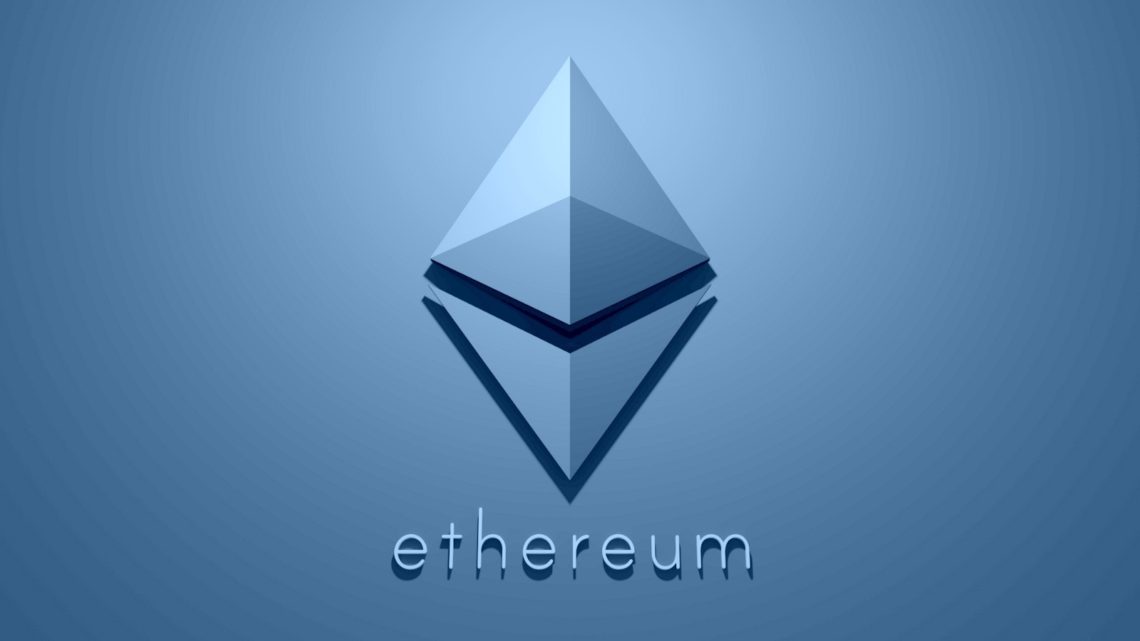Ethereum is about to undergo a massive change.
Ethereum will be going through a huge change. The second leading crypto asset in the world by market value is bracing itself for a much-awaited upgrade dubbed “merge.” The goal of which is to make it more efficient and eco-friendly. However, there is a lot of money at stake as it can push Ether to outperform Bitcoin in terms of market cap.
However, there is an issue with a thing called “difficulty bomb.” Let’s understand what a difficult bomb is, its connection with the merge, and why Ethereum developers decided not to delay it. But before understanding the difficulty bomb, we need to understand the merge.
As of now, Ethereum has a proof of work consensus protocol, in which miners complete complex puzzles in order to validate transactions. After the merge, Ethereum will either be shifted to the proof of stake, under which users will be able to make transactions depending on how many coins they stake, or contribute to the network. Ethereum developers created the difficulty bomb in 2016 considering the merge.
The difficulty level of the puzzle will be increased exponentially after the introduction of the bomb needed for the proof of work mining, as a result making the mining impossible. It would eventually lead to what Ethereum developers refer to as an “Ice Age,” where Ethereum’s proof of work chain will be forced to stop generating blocks that are responsible for validating transactions through mining, and “freeze.”
The aim of the bomb is clear: Ethereum developers expect that miners would be incentivized by the bomb to accept the merge, pushing for the further adoption of the proof of stake chain.
But if the bomb arrives before the merge is prepared for launching and without proof of stake in place, it can completely explode.
The developers would quickly try to diffuse the bulb if it goes off at the time when developers are still testing the merge. However, Beiko said in an interview that developers can delay the bomb for about four weeks
In a tweet about an Ethereum core developer call on Friday where the discussion regarding the bulb, Christine Kim, research associate at investment firm Galaxy Digital, says that However, once the bomb is activated, there is this concern that this goes with the flow approach can result in a pretty dicey pretty quickly for devs.
However, not everyone was satisfied with the explanations by the developers for resisting prolonging the bomb.
In a tweet, Kim voiced his opinion and said he personally doesn’t believe this is a strong justification for keeping the existing bomb schedule. “It’s putting an unnecessary burden on devs, but the major reason I think devs have held off on agreeing to a bomb delay today is optics,” says one developer.
As of now, developers are continuing to test the merge. After their most recent tests, they found a multitude of issues that would need to be solved before the upgrade takes place.
The developers are constantly working on testing the merge. A series of issues were found after their most recent tests that need solving before the upgrade happens.
ALSO READ: Are Layer Two Fees Still Too High? Vitalik Buterin Thinks So

Nancy J. Allen is a crypto enthusiast, with a major in macroeconomics and minor in business statistics. She believes that cryptocurrencies inspire people to be their own banks, and step aside from traditional monetary exchange systems. She is also intrigued by blockchain technology and its functioning. She frequently researches, and posts content on the top altcoins, their theoretical working principles and technical price predictions.


 Home
Home News
News










